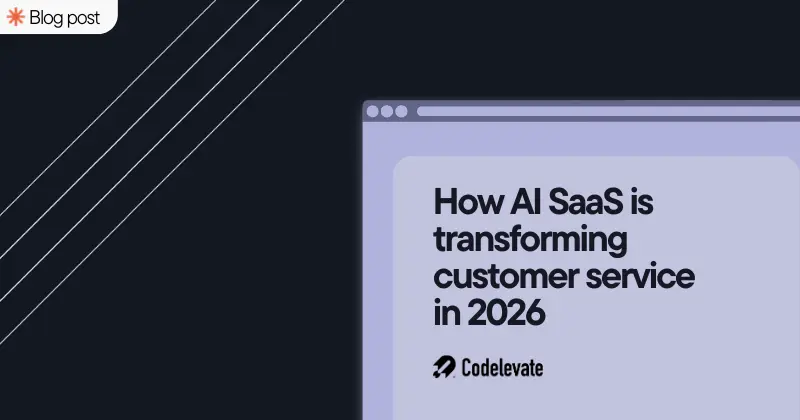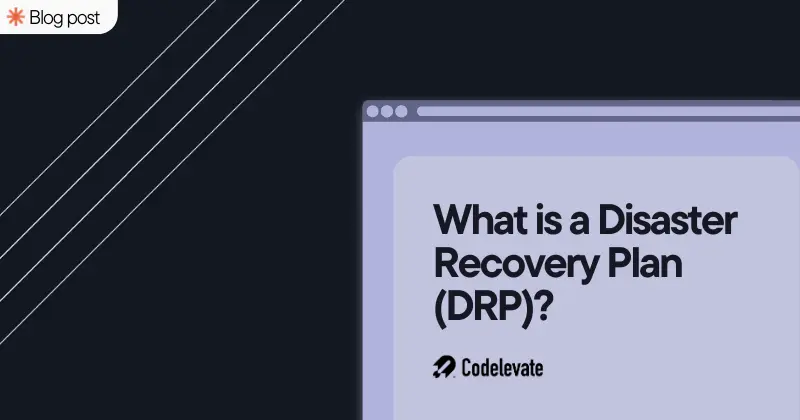How to Monetize a Marketplace in 2024
In 2024, the landscape for monetizing a marketplace has evolved significantly. As more marketplaces come to the market, the competition for capturing both sellers and buyers has intensified. Successfully monetizing a marketplace is not just about implementing fees; it's about creating value on both sides of the transaction while ensuring sustainable revenue streams. This article explores the various ways to monetize a marketplace, including popular strategies, preparatory steps, growth tactics, and potential pitfalls to avoid.
How marketplaces monetize
Seller Side Monetization
Seller-side monetization is one of the most straightforward ways to generate revenue for a marketplace. By charging sellers for the opportunity to list their products or services, platforms like eBay and Etsy have established reliable income streams. This approach is beneficial for sellers who gain access to a broader customer base, while the marketplace earns revenue through various fee structures:
- Listing Fees: Sellers are charged a fixed fee for each product or service they list on the marketplace. This method works well for platforms with a high volume of listings, ensuring a consistent revenue stream.
- Transaction Fees: A percentage of each sale is taken as a fee by the marketplace. This model aligns the platform’s revenue with the success of its sellers, as seen with platforms like Etsy and eBay.
- Premium Listings: Sellers pay extra to have their products featured more prominently on the platform, increasing their visibility and chances of making a sale.
These monetization methods provide value to sellers through increased exposure and sales opportunities while allowing the marketplace to maintain a steady flow of income.
Buyer Side Monetization
On the buyer side, monetization strategies focus on providing value-added services that enhance the user experience. Platforms like Lyft and Doordash have successfully implemented models where buyers pay for premium features. These could include faster delivery options, better service levels, or early access to new products.
Examples of buyer-side monetization strategies include:
- Subscription Models: Buyers subscribe to a service for a monthly or annual fee in exchange for exclusive benefits. For instance, Amazon Prime offers faster delivery and exclusive deals to its subscribers.
- Freemium Models: Basic services are provided for free, but users can pay to unlock premium features. This model is popular in digital marketplaces, such as LinkedIn, where users can access enhanced networking features through a premium subscription.
- Pay-Per-Use: Users are charged each time they use a specific service or feature. This model is often used in ride-sharing or food delivery platforms, where customers pay for each ride or delivery.
These strategies enhance the buyer's experience, making them willing to pay for additional value, which in turn boosts the platform's revenue.
Case Study Examples: Subscriptions and Take Rate
A subscription model can be a highly effective monetization strategy. Take Upwork, for example, which offers subscription plans that allow freelancers to bid on more jobs, while clients can pay to have their job postings highlighted or to access top-tier freelancers. This model creates a recurring revenue stream, which provides financial stability for the platform.
The take rate is another powerful monetization tool. This strategy involves taking a percentage of every transaction on the platform. Major marketplaces like Uber and Airbnb thrive on this model, earning a set percentage from each booking or ride. The challenge with a take rate is finding the right balance—high enough to generate revenue, but not so high that it deters users from using the platform.
Other Popular Monetization Strategies
Beyond seller and buyer monetization, there are several other strategies that marketplaces can use to generate revenue:
- Advertising: Allowing third-party businesses to advertise on your platform can generate significant income. This is especially effective for platforms with high traffic, where ad placements can be sold at a premium.
- Lead Generation: Marketplaces can sell leads to third parties. For example, a real estate marketplace might sell the contact information of interested buyers to real estate agents.
- Service Fees: Charging fees for services such as payment processing, insurance, or customer support can be another revenue stream. This is common in platforms like Airbnb, where service fees are added to the total cost of a booking.
- Freemium Upsell: Start with a free offering that covers basic needs, then charge for advanced features. This model is popular with SaaS platforms that cater to businesses.
- Data Monetization: Collecting and selling data insights to third parties, such as market research firms or advertisers, can also be a lucrative strategy, though it requires careful handling of user privacy.
These strategies allow marketplaces to diversify their income streams, making them less reliant on a single source of revenue.

What to do before monetizing
Before diving into monetization, it's important to ensure your marketplace is ready. Here are key steps to take:
- Conduct Market Research: Understand your target audience, including their needs and how much they’re willing to pay for additional services. This research will help you determine the most effective monetization strategies.
- Ensure Platform Readiness: Your platform must be capable of handling increased transactions and user activity that comes with monetization. This includes robust payment processing systems, reliable customer support, and scalable infrastructure.
- Legal and Compliance Considerations: Ensure your platform complies with all relevant financial regulations, such as payment processing laws, tax obligations, and data privacy regulations.
- User Experience Optimization: Before introducing monetization, ensure that the user experience is seamless. Monetization should enhance the user experience, not detract from it.
Preparing in advance ensures that your monetization efforts will be well-received by your users and sustainable over the long term.
How to grow
Once your monetization strategies are in place, the next step is to focus on growth. Here’s how to do it:
- Scale Successful Models: Identify which monetization strategies are most effective and scale them. For instance, if your take rate model is working well, consider increasing the transaction volume by attracting more sellers and buyers.
- Expand User Base: Invest in marketing and outreach to grow your user base. More users mean more transactions, which leads to higher revenue. Consider using referral programs, partnerships, and targeted advertising to attract new users.
- Enhance User Experience: Continuously improve your platform to offer better services and experiences. This could include faster load times, better customer support, or new features that add value for users.
- Diversify Revenue Streams: Don’t rely on just one form of monetization. By implementing multiple revenue streams, you reduce the risk of revenue loss from market changes or user behavior shifts.
Growing your marketplace requires a combination of effective monetization strategies and user acquisition efforts. It’s important to strike a balance between monetization and user satisfaction to ensure long-term success.
Pitfalls and how to prevent them
Monetizing a marketplace is not without its challenges. Here are some common pitfalls and how to avoid them:
- Over-Monetization: Charging users too much or too soon can lead to pushback and a loss of trust. Ensure that the fees you charge are aligned with the value provided.
- User Pushback: Introducing new fees or monetization models can sometimes lead to negative reactions from users. To mitigate this, communicate changes clearly and ensure that users see the added value.
- Technical Challenges: As you introduce monetization, your platform will likely experience increased traffic and transactions. Ensure that your technical infrastructure can handle this growth without compromising performance.
- Legal Risks: Failing to comply with financial regulations can lead to legal issues and fines. Work with legal experts to ensure your monetization strategies are compliant with all relevant laws.
- Market Competition: A crowded marketplace space means that you’ll need to continuously innovate to stay ahead. Keep an eye on competitors and be prepared to adjust your strategies as needed.
By being aware of these potential bottlenecks, you can take proactive steps to prevent them, ensuring a smoother path to monetization.
FAQs
- What is the best monetization strategy for a new marketplace?
- The best strategy depends on your target audience and market niche. However, starting with transaction fees or a freemium model is often effective for new marketplaces.
- How can I avoid over-monetization?
- Avoid over-monetization by gradually introducing fees and ensuring that every charge adds clear value for your users. Transparency and communication are key.
- What are the risks of using a take rate model?
- The main risk is setting the take rate too high, which could deter users. It's important to find a balance that maximizes revenue without driving away participants.
- How important is user experience in marketplace monetization?
- User experience is crucial. A poor user experience can lead to high churn rates, while a seamless experience encourages repeat usage and willingness to pay for premium features.
- Can I combine multiple monetization strategies?
- Yes, combining multiple strategies, such as subscription fees, advertising, and transaction fees, can help diversify your revenue streams and reduce reliance on any single source.
Monetizing a marketplace in 2024 requires a well-thought-out strategy that balances revenue generation with user satisfaction. Whether through seller and buyer fees, subscriptions, advertising, or other methods, the key is to create value on both sides of the transaction. Before diving into monetization, ensure your platform is ready, and be prepared to scale successful models while avoiding common pitfalls.
If you’re looking to build or enhance a marketplace platform, Codelevate’s expertise in marketplace development can help you achieve your goals. Book a call with us today to discuss how we can assist in making your marketplace a success.


.webp)


.svg)




